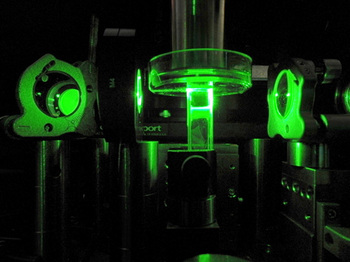If you are a new reader of 21st Century Tech then welcome. Each week we publish feature articles, industry updates and weekly headlines. If you like what you see then let your friends know about it, and please feel free to post comments or ask questions about any article whether current or in the archive. Use the search field to find subjects of interest to you. Or click on any key word in the cloud on the right. Once again thanks for coming.
This week’s headlines cover a range of subjects and technology advances, some low tech and some high.
Agriculture Updates: Production Yield Technologies That Make a Difference
New farming techniques and new varieties of seed crops will contribute to increased agricultural production both in the Developing and Developed World. Two stories this week caught my eye.
Tanzania Using Hybrid Seed Crop Made In China
This is a “Made in China” story that will improve the lives of millions of Tanzanians and provide surplus rice to feed the people of East Africa. China and Tanzania are planting a new hybrid rice seed and introducing new farming techniques into that East African country. For Tanzanians it means the ability to become an exporter of rice to other nations rather than an importer. The new hybrid rice changes current yield rates of 1.95 tons per hectare (1,740 pounds per acre) to a forecasted 9 to 12 tons per hectare (8,000 to 10,740 pounds per acre). In addition China is helping Tanzania to increase cultivable land area. Currently the country uses 10.1 million hectares for agricultural production and only 381 under irrigation. With China’s help Tanzania hopes to increase cultivable land to 44 million hectares and increase irrigation to cover 29 million hectares.

Precision Planting Technology Goes Big Time
On this side of the Atlantic, Monsanto, the American agricultural giant, announced the acquisition of Precision Planting, Inc., a family farm business that has grown into a developer of innovative farm technology delivery systems. Precision software combined with in the field technology optimizes seed placement including spacing, depth and even planting force. For example the technology can ensure that no two corn plants are closer than 10 centimeters (4 inches) because corn senses crowding and becomes stressed, reducing yields. Thus by spacing plantings accurately the technology can incrementally increase bushels per acre. Precision software monitors row control and plant emergence. They use their software and sensors to optimize farm machinery used in planting. Monsanto will make Precision part of its Integrated Farming Systems Unit.
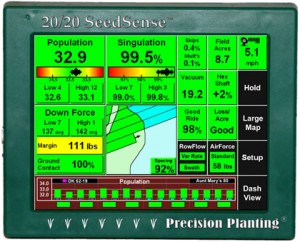
Bio-medicine Update: Imagine Surgery without Cutting
California Institute of Technology (Caltech) is pioneering the development of technology that will allow doctors to do surgery without the traditional scalpel. Instead of a knife they will use light. The goal is to treat tumors using what they call photo-dynamic therapy. For example a light-sensitive cancer drug would be injected into a body to target cancer cells. The drug in the presence of deep focused light would release its compounds and kill the malignant cells. Photo therapy has been done before on surface cells but with this technology, doctors can reach depths similar to ultrasounds, almost 10 centimeters (4 inches) into the body.
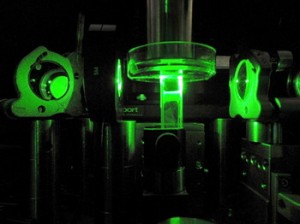
Communications Update: Web-Connected Objects Soon to be in the Trillions
The Internet of Things isn’t limited to tablets, mobile phones, computers and home appliances. Terepac Corporation, a Waterloo, Ontario, based company has developed a photochemical printing process for creating sophisticated micro electronics that can be attached to anything turning stuff into smart objects that can communicate through the Internet. In June the company inked an agreement with Rockwell Automation, the U.S. company, to produce a large volume of micro circuits on thin film substrates with embedded radio frequency identification (RFID) tags for tracking almost anything. The ability for a limitless number and type of objects to talk to each other will lead to improvements in construction, industrial processes, transportation, warehousing, manufacturing and many other fields. Terepac devices contain microprocessors, memory, sensors and RFID tags. They are thinner than paper and flexible enough to bend around the barrel of a pen or pencil.
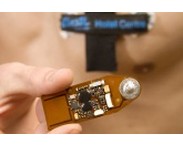
Inner Space and Robotics Update: Robot Fish to Patrol Oceans
Last month a new phenomenon appeared in waters of the harbour of Gijon, Spain – a robot that goes by the name of SHOAL. Shaped like a fish and about 1.5 meters (5 feet) in length, SHOAL is designed to police coastal waters and detect pollutants using its battery of chemical sensors. Designed to work in teams, SHOAL can relay information to a school of other robots in the water and work together to track down a pollution source while analyzing its chemical composition. SHOAL swims just like a fish, can avoid obstacles and return to base before its eight0hour battery life runs out. The SHOAL moves using its fins and not a propeller. This allows it to operate in all kinds of conditions including areas close to shore that have vegetation. In future SHOAL will include monitoring devices for tracking divers, search and rescue capability, and technology for dealing with oil spills.
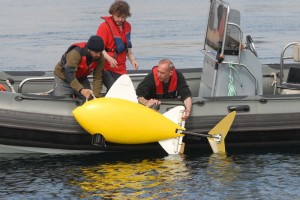
Commercial Space Update: Several Private Space Companies in the News This Week
News from SpaceX
SpaceX test fired its rocket engine upgrade called the Merlin 1D producing 55% more thrust than its predecessors. This is the engine that SpaceX will use on future Falcon 9 and Falcon Heavy rocket flights. For the Heavy a cluster of Merlin 1Ds will be used along with two additional rocket boosters making up 27 engines in total. The Falcon Heavy is SpaceX’s deep space launcher with its founder, Elon Musk, hoping to see it used one day to launch a return to the Moon and go beyond.
News from Virgin Galactic Cargo
If you don’t already know that Richard Branson’s Virgin Galactic is in the space tourism business with plans to do suborbital tests of SpaceShipTwo by the fall of 2012, then you’ll probably be even less aware that the WhiteKnightTwo carrier aircraft is also being groomed to launch satellites into orbit for a fee of between $1 and $2 million per launch. Virgin intends to offer this service for satellites up to 200 kilograms (440 pounds) in weight.
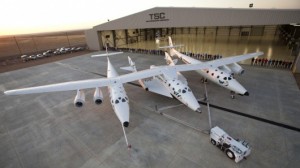
Astrium Tests Commercial Crew Transportation Module for Liberty Rocket
Europe’s number one commercial space company, Astrium, is building a commercial crew capsule with plans for a test launch in 2014 and crewed flight in 2015 to the International Space Station. Astrium is located in les Mureaux, near Paris, France. The company recently completed testing the structural integrity of its design for the commercial launch vehicle second stage. Liberty is using some of the technology originally planned for NASA’s Ares 1 rocket.
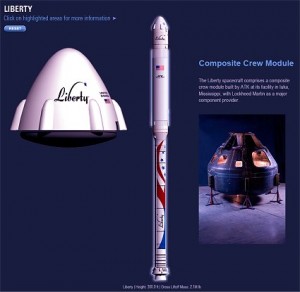
A final note…..to our Canadian readers, enjoy the July 1st Canada Day celebrations….and to those of you who are American, a happy Fourth of July.

